
‘Trainers and therapists repeatedly reach their limits with their familiar methods’ - Interview with Dr Eric Cobb
Reading time: 7 mins
Eric, what does the Z in Z-Health stand for?
Everyone asks me that. When I started Z-Health in the early 90's, I worked with a Russian doctor and trained in Russia. The Russian word for health is здоровье (zdorov'ye) and this begins with a Z. It is thus a tribute to these early influences. I've tried changing it over the years but it kind of stuck. We like it, so we left it.
What exactly is Z-Health and how did it all start?
Z-Health stands for two areas. On the one hand for the company and on the other hand for our training concept. We have an extensive curriculum, comparable to a master's degree or a doctorate. We have specialized in the training "Neuro-centric training" for physiotherapists, doctors and sports trainers who want to integrate the components head and brain into their field of activity.
As already mentioned, I started training right after my school days and initially felt fit and well prepared with the school material. However, I quickly became dissatisfied and frustrated with the results I was getting with my clients, athletes and patients. There were often only small improvements and most of the time the process took a very, very long time. In addition, I had some injuries myself and was, so to speak, a chronic pain patient myself - a patient with many therapies and little success. I was in the fortunate position that I had a professor at the university who - today one would say - had studied and taught modern pain neurophysiology and excited me about this topic. He sparked my interest in neurology itself and how knowledge of neurology can be used to improve movement and pain. In the period from 1995 to 2002/2003 I tried out my new knowledge on myself and my clients. These findings are now the basis of the Z-Health training concept. When people ask me how Z-Health came about, the answer is: "Z-Health is the result of my own frustration". And I see that in the participants of our seminars too. They want to help their customers and patients faster and more efficiently.
>> Reading tip: Neuroathletics trainer training with Z-Health
You are one of the world's leading experts in neuro-centered training and have now trained many trainers and therapists. Why is this topic so popular at the moment?
That surprises me too. I think there are two reasons why I appeal to so many people with my concept. Firstly, trainers and therapists repeatedly reach their limits with their known methods. In doing so, they understand more and more how important knowledge about the function and mode of action of the nervous system is for their own success as therapists or trainers. Second: neuroplasticity. Neuroplasticity means that our brains can change as a result of challenging and appropriate training. That doesn't sound so cool today, but 20 years ago when I was in school, the state of affairs was that by the age of 25, the brain stopped changing and growing. Now we know that new neurons can be formed and neural pathways can be altered by action throughout life, which of course sparks a lot of interest in the topic of Neuro-Centered Training. Much of what we do in the training courses is to teach drills and assessments that, with the right focus, can bring about changes in brain structures. And if everything is applied correctly, these changes happen very quickly, which is cool!
Can you give examples of how the work of therapists and trainers or the situation of their clients has improved as a result of neurocentric training?
Yes, of couse. I design and hold courses the way I would like to hear them myself. I'm a practical person and I try to be very clear. There are three different areas in all courses. First the science. Not all participants love that. They think, “Science and learning, that was in school. We want to get right into the practice!” But I think understanding how the brain and body are related is very important. This is followed by the practice, in which we do many assessments and tests that many therapists, trainers and doctors have either never seen or got to know in a very static model. We help them to adapt known knowledge and also show them many tests. For example, in our Fundamental Tests course, you will learn about the visual and vestibular systems. Very few people know this from their previous training. Following the tests, they learn training drills that they can use to improve the problems identified. In all courses you get a package of background information, tests/assessments and exercises/training drills based on the tests.
What was the most impressive result someone has achieved with your system?
I've been doing this for so long I could tell a thousand cool stories.
Tell more!
Unfortunately we don't have that much time. It's always exciting. When I'm asked about it, people always expect a story from a professional athlete or an Olympic athlete, as I've been, and still am, in that space a lot. But the people who impress me the most are the ones with the biggest problems or the most serious injuries. There is a scientist in the United States who does research on brain injuries. He says it takes as much time and effort to restore the movement of an arm after a heart attack as it does to prepare an athlete for the Olympic Games. It's the same work, just without the publicity and without the funding. So for me, the best story is recovery from serious injuries.
Ten years ago a young woman came to me as a patient with encephalitis. She had previously been given an IV of antibiotics in the hospital to help her survive. However, the antibiotics had destroyed her vestibular system, which is a known side effect of this powerful drug. She had severe balance problems, could not walk and was in a wheelchair. She had already gone through a special neuro-rehabilitation program in a hospital for two years. I met her three years later. She could walk with a walker and was only 26 years old, so very young. She was just married but couldn't drive a car or bike, couldn't travel and at best walk about 50-100 meters, then she fell. The interesting thing was that I only worked with her four times. Basic assessments and some complex visual and vestibular drills were used. I saw her once every two months that year and it got better each time. At our third meeting, she said that she had gone to the sea with her husband - a two-hour drive! A year after we last met, she sent me a piece of seashell from a beach in California. She actually lived in Boston and so wanted to let me know that she is now able to travel.
Now she sends me a card every year, has moved house and has a baby. She has her life back. I always tell people, the good thing about neurocentric training is that if you're good at it, you can identify the problem. After that, the patient has to do his exercises. I have a lot of respect for them because they have to work hard.
That's an impressive story. Neuro-centered training obviously helps patients improve. You also say that this training helps to achieve goals faster. Do you have an example of this?
Whenever I work with patients, I want to select assessments that test as accurately as possible the area that is dysfunctional. What we know so far is that you can see changes in brain function very, very quickly. The brain is very adaptable. You can see changes in blood flow, oxygen levels, or mineral composition, as well as function. For example, if you observe the blood flow in a functional MRI and you move the patient's hand, you can see the resulting increase in blood flow directly. One of our goals is therefore to produce changes (pain, ROM, strength, etc.) as quickly as possible for existing dysfunctions with a suitably dosed impulse. We test, stimulus or drill and test again. Changes or feedback sometimes happen so quickly that they are directly visible if you have set the right stimulus - unfortunately also if you have set the wrong stimulus. So it works both ways. This is an important point. Normally, students always learn new content in advanced seminars. The most important finding here is often to recognize which methods and tools are not used. We try to understand how the brain of our patients works and which methods and tools are needed - and especially which ones are not. This is the only way to get quick results.
Can you go into more detail about how your training works with chronic pain?
Chronic pain is a peculiar animal, a species of its own, because it has so many different parameters. We spend a lot of time on the subject in our courses, because modern pain neurotherapy is both fascinating and complicated. But anytime you look at chronic pain, the most important thing is this: if you have a patient or athlete with chronic pain, let them do exactly what they've always done. It probably won't solve the problem, otherwise this would have happened long ago. So you have to look at things differently. Pain is the result of a collection of dysfunctions or, as we say, threats. Let's take knee pain for example: in the tests it turns out that there are also visual problems, problems with hearing and also with balance.
There are so many different options. Maybe you don't sleep well and have a job you don't like. Research shows that all of these different parameters play a role in an individual's chronic pain cycle. Therefore, whenever we work with a chronic pain patient, we have to make sure that all of these different influencing factors are considered and that we gradually eliminate them. What I can say from my 20 years of experience training with chronic pain patients is that most of these patients have visual or inner ear problems. Let's tackle this problem first. This is a good step to see what you need and to identify further problems.
We support your courses with a selection of extraordinary small devices suggested by you. These look very special, completely different from the products that we otherwise sell. Can you tell us something about the importance of these products in your courses? How do you use them?
These products are not an in-house development. In fact, I usually look for or use existing products and use them differently than intended. I try to find other uses to fulfill our purposes. In the small gadgets you can find so many that are used to test the visual system: visual boards, cords, beads and other crazy stuff. We also have small handheld devices for testing perception. The most common things you'll see in our courses are small portable devices. This is important. When you begin neurocentric training, the patient must be able to continue the practice at home. It is not enough to treat the patient once or twice a week. He should be his own therapist. You won't find anything that requires a lot of space with us. We use simple little things that we can give to patients so they can exercise at home.
About
Eric Cobb graduated from the University of Western States with a degree in chiropractic (magna cum laude) in 1994. In 2003 he founded Z-Health Performance - a company specializing in the development of advanced, neurologically-centered rehabilitation and sports performance programs. He and his team train fitness coaches, sports trainers, therapists and doctors from all over the world.







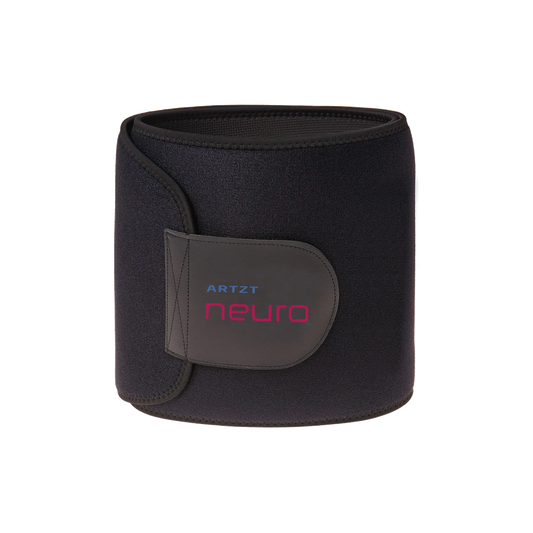







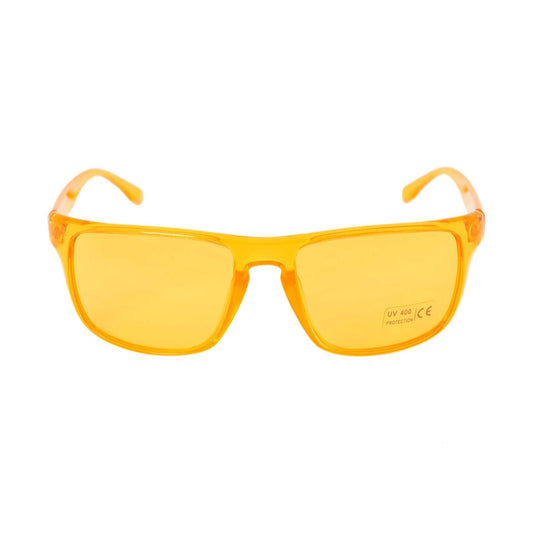
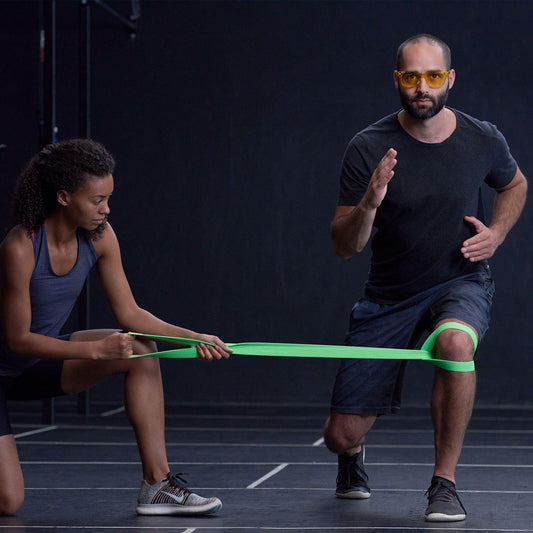
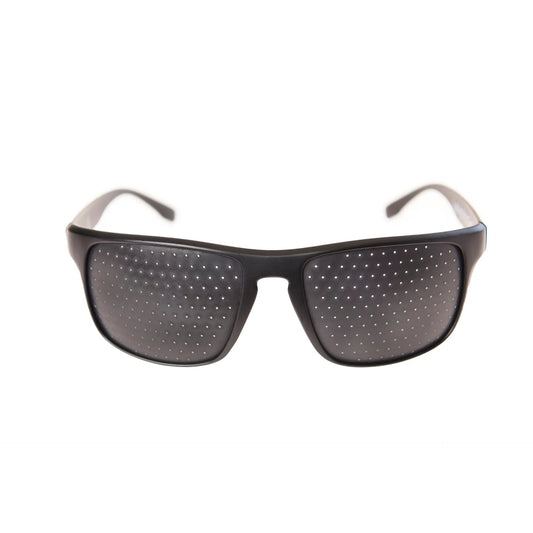
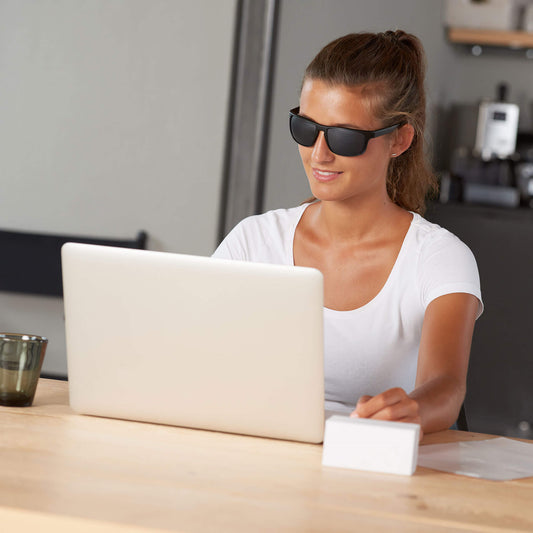




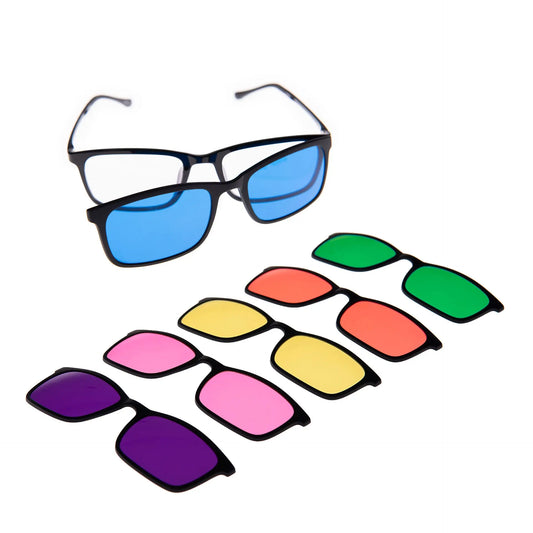
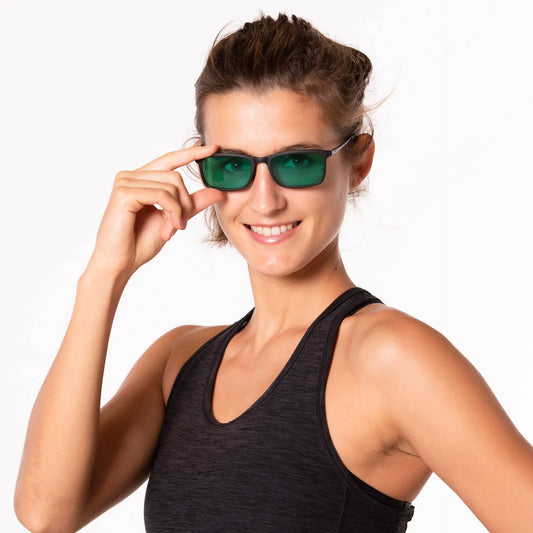
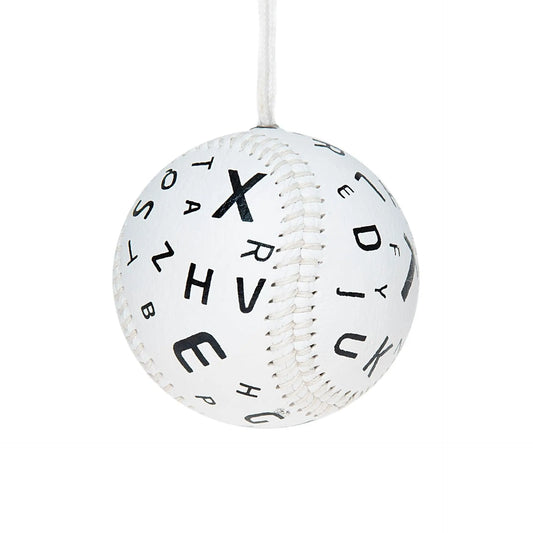



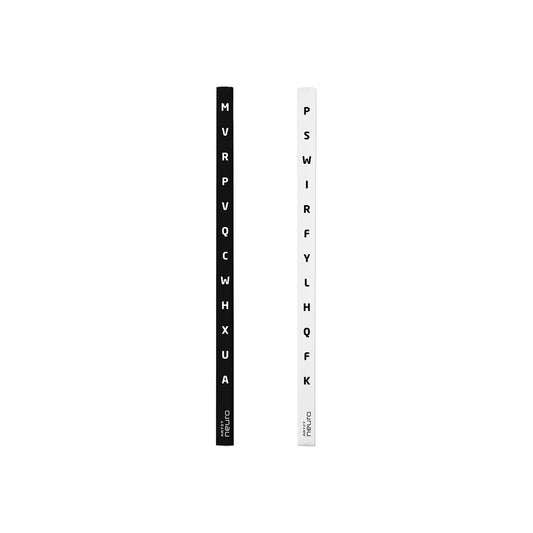
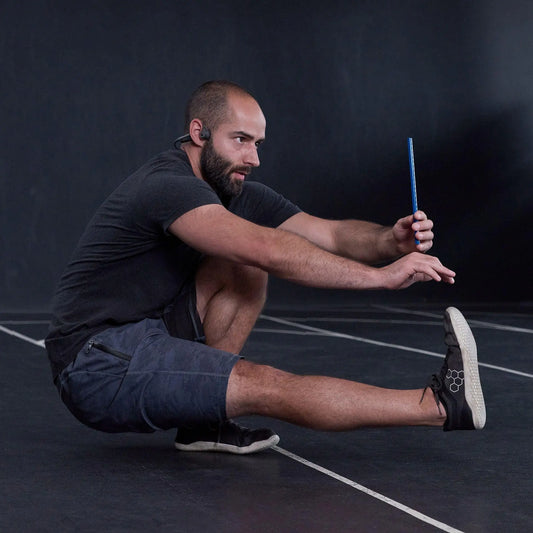




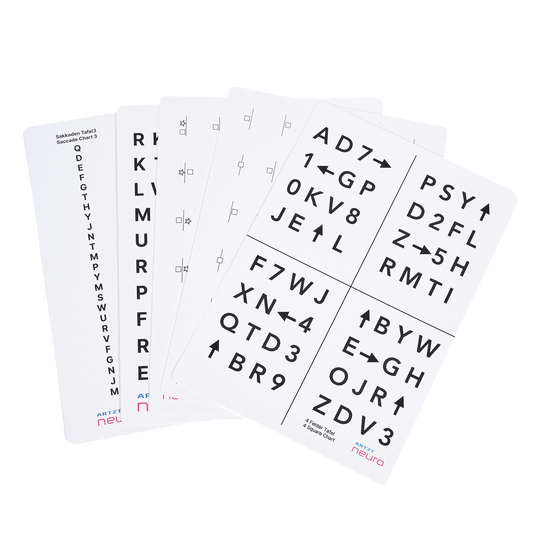
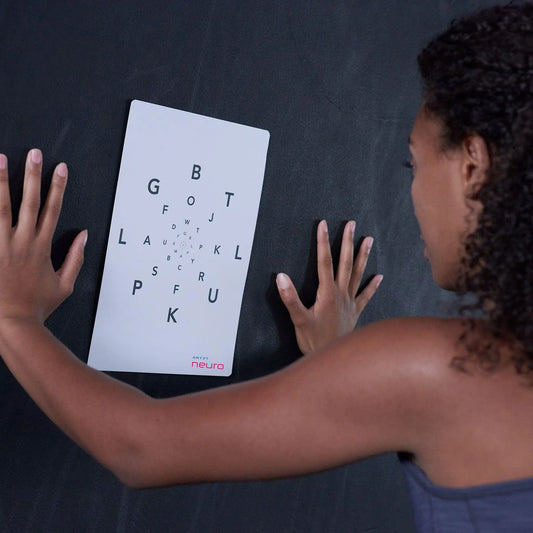
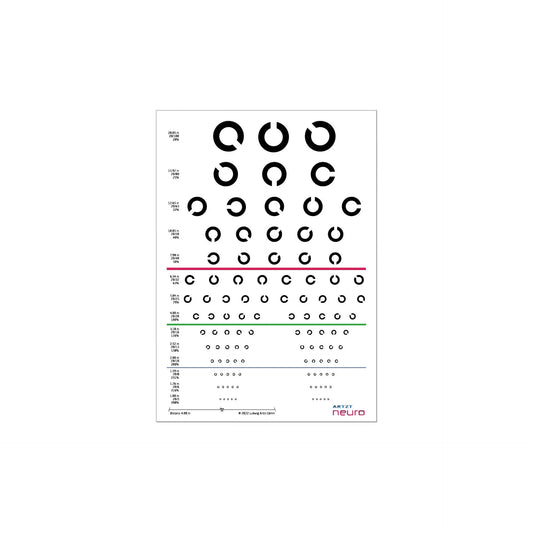
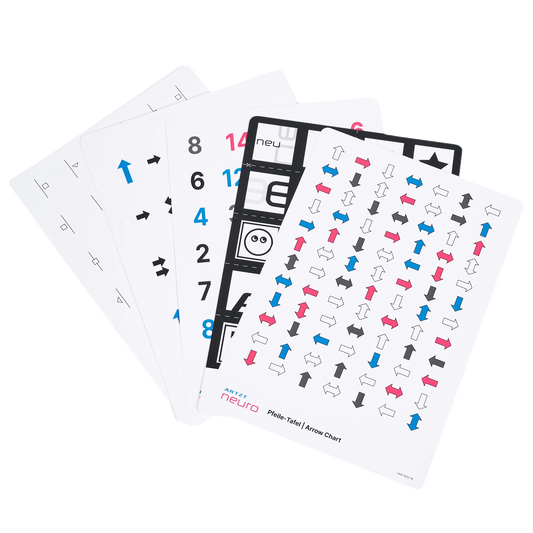
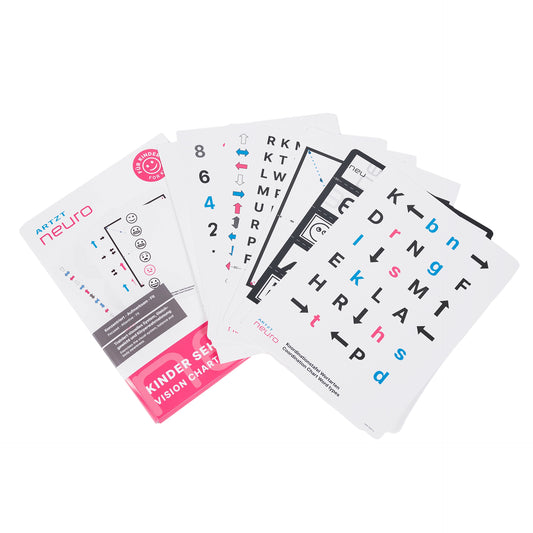
4 comments
Hi Chillian,
find the English version of the text here: https://artztneuro.com/en/blogs/neuroblog/interview-eric-cobb
Best wishes
Would I be able to access all the information books and talks in English please ? Thanks
Hi Lydia. Im Falle deines Mannes ist wohl eine persönliche Beratung empfehlenswert. Wenn du möchtest, kannst du mal in unsere Trainer-Suche schauen. Hier findest du alle Neuroathletiktrainer in Deutschland, die die Z-Health-Ausbildung bei Dr. Cobb absolviert haben: https://artztneuro.com/pages/finde-deinen-neuroathletiktrainer
Viele Grüße und herzliche Genesungswünsche an deinen Mann.
Hallo, mein Mann ich leidet an Psoriasis Arthritis seit ca. 12 Jahren und vor 3 Jahren kam noch Leukämie CML dazu . Nun hat er seit über einem Jahr Knochenmark Ödeme an beiden Mittelfußknochen , ist seit 7 Wochen im Krankenschein weil er nicht die Füße belasten soll aber es bringt auch nach einer Kortisonspritze in den Fuß keine Besserung. Kein Arzt weiß woher die Ödeme kommen . Haben Sie einen Rat ? Mein Mann ist 55 Jahre , sehr sportlich.
Mit freundlichen Grüßen
L. Schnubel